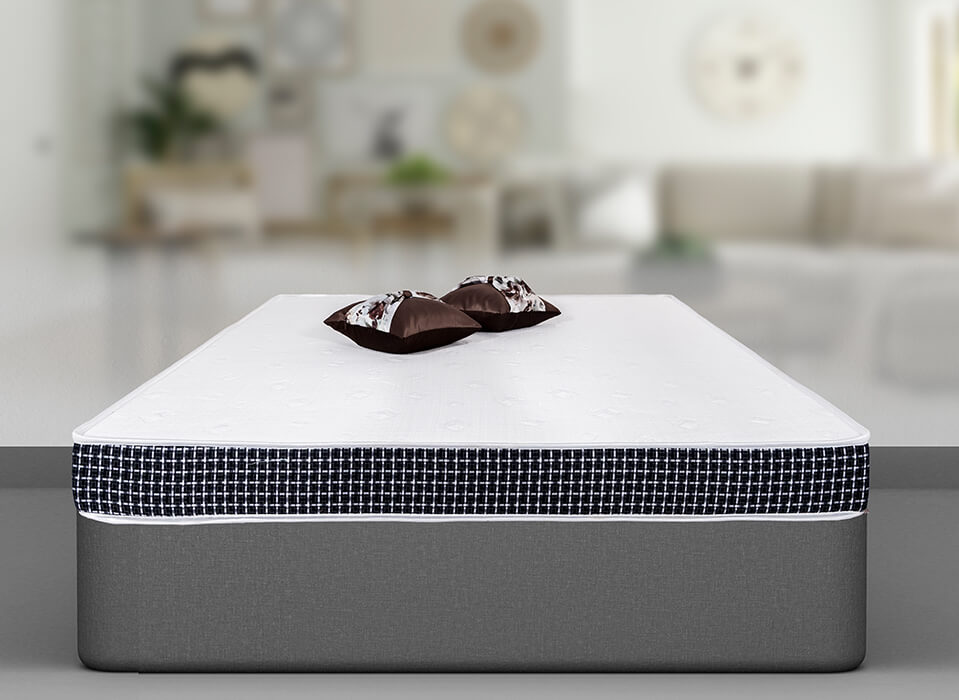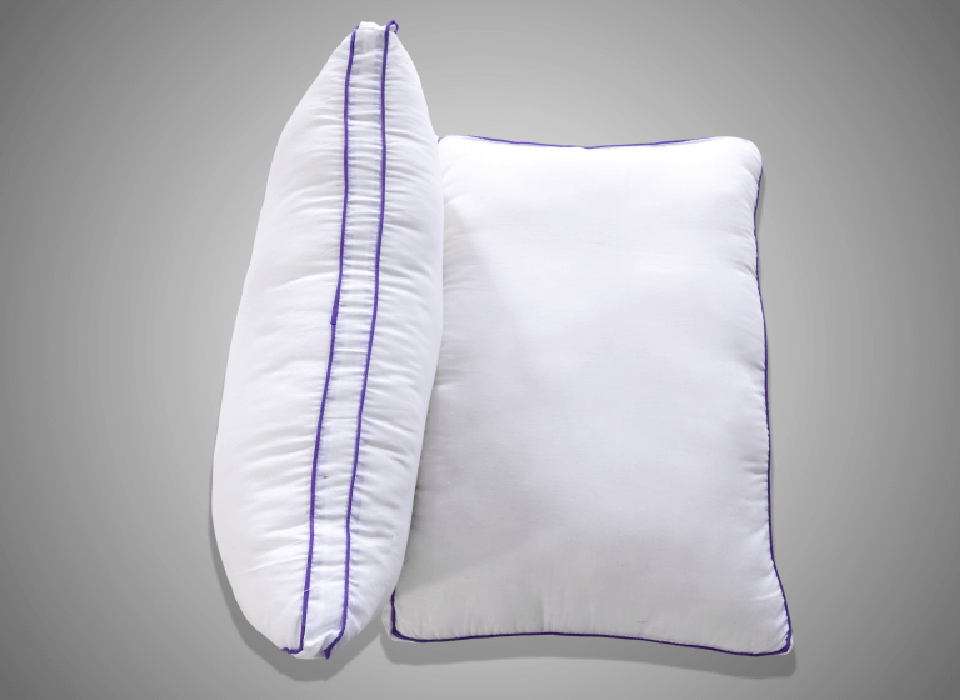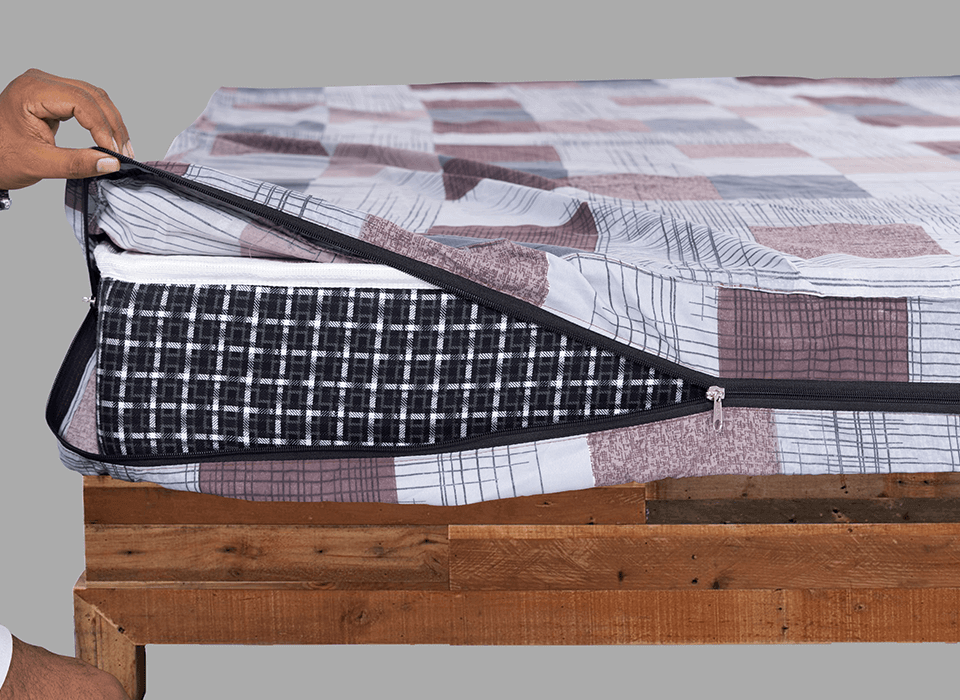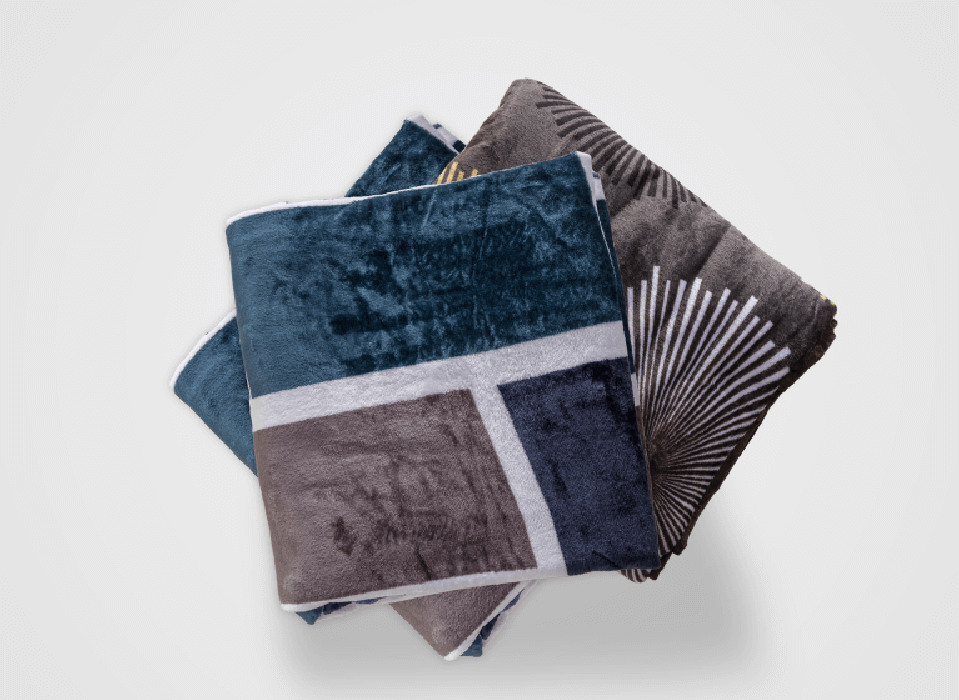How to Choose the Best Pillow for Side & Back Sleepers?
A good night’s sleep is essential for your overall well-being, and the right pillow can make a significant difference in how well you rest. If you’re a side or back sleeper, it’s crucial to choose a pillow that supports your neck and spine in alignment with your sleeping position. In this guide, We’ll explore the key factors to consider when selecting the best pillows for side and back sleepers.
Understanding Your Sleeping Position
Before we dive into the details of pillow selection, let’s first understand the differences between side and back sleeping positions and how they impact your pillow needs. At below you can deeply understand the details about pillow for sleeper:
1. Side Sleepers
Side sleepers tend to rest on one side, with their head and neck in a horizontal position. This position places additional pressure on the neck and shoulders, making it crucial to have a pillow that keeps the spine aligned and provides adequate support.
2. Back Sleepers
Back sleepers lie flat on their backs, which is generally considered a healthy sleeping position for spinal alignment. However, back sleepers still need a pillow to support the natural curve of their neck and maintain proper alignment.
Factors to Consider When Choosing a Pillow
Now that you have identified your primary sleeping position, let’s explore the factors to consider when choosing the perfect pillow for side and back sleepers:
1. Pillow Fill Material
The fill material of a pillow greatly influences its comfort and support. Deeprest offer you a variety of online pillows range that you can choose as per your comfort. Here are some common options:
Memory Foam: Memory foam pillows conform to the shape of your head and neck, providing excellent support and pressure relief. They are ideal for side sleepers who need extra cushioning.
Latex: Latex pillows are firm and supportive, offering consistent support throughout the night. They are a good choice for back sleepers who require gentle elevation.
Feather/Down: Feather or down pillows are soft and plush, but they may not provide the necessary support for side sleepers. However, some back sleepers find them comfortable.
Polyester or Synthetic Fill: These pillows are hypoallergenic and budget-friendly. They can work for both side and back sleepers, depending on the loft (thickness).
2. Pillow Loft (Thickness)
The loft of a pillow, often referred to as its thickness, is crucial for maintaining proper spinal alignment:
Side Sleepers: Side sleepers typically need a higher loft pillow to fill the gap between the head and the mattress, keeping the spine straight.
Back Sleepers: Back sleepers usually require a medium or lower loft pillow to maintain a neutral head position and support the natural curve of the neck.
3. Pillow Shape
Pillow shape can also affect your comfort and alignment:
Standard Rectangle: Traditional rectangular pillows work well for both side and back sleepers, but be sure to choose the right loft for your preferred sleeping position.
Contoured: Contoured pillows have a curved shape designed to support the natural curves of the neck and head. They are often preferred by back sleepers but may work for some side sleepers as well.
4. Pillow Cover
Consider the pillow cover material, which can impact breathability and comfort:
Cotton: Cotton covers are breathable and hypoallergenic, making them a safe choice for most sleepers.
Bamboo: Bamboo covers are known for their breathability and moisture-wicking properties, helping you stay cool throughout the night.
5. Allergies and Sensitivities
If you have allergies or sensitivities, look for hypoallergenic pillows and covers. These are designed to resist allergens such as dust mites, mold, and pet dander.
Testing and Adjusting Your Pillow
Selecting the right pillow can be a personal experience, and it may take some trial and error to find your perfect match. Here are some tips for testing and adjusting your pillow:
Sleep Test: Spend at least a week testing your new pillow to see how it affects your sleep. Pay attention to any changes in comfort and neck support.
Loft Adjustment: If your pillow feels too high or too low, consider adding or removing filling (if possible) or trying a different loft option.
Pillow Rotation: Some pillows have different firmness levels or materials on each side. Rotating your pillow can help you find the best sleep position.
Frequently Asked Questions
Let’s address some common questions about choosing pillows for side and back sleepers:
1. Can I use the same pillow for both side and back sleeping?
Ideally, it’s best to choose a pillow that suits your primary sleeping position. However, some pillows are designed to be versatile and work well for both positions.
2. How often should I replace my pillow?
Pillows can lose their support and become less comfortable over time. It’s generally recommended to replace your pillow every 1-2 years, or when it starts to show signs of wear and tear.
3. Can I use a pillowcase with my pillow?
Yes, using a pillowcase is advisable, as it helps protect the pillow from sweat, oils, and allergens. Choose a pillowcase made of a breathable, hypoallergenic material.
4. What if I have a medical condition affecting my sleep?
If you have a medical condition like sleep apnea, snoring, or chronic neck pain, consult with a healthcare professional or a sleep specialist. They can provide tailored recommendations for your specific needs.
Conclusion
Selecting the best pillow for side and back sleepers involves understanding your sleeping position, considering fill materials, loft, shape, and cover materials, and testing and adjusting your pillow to ensure the perfect fit. Investing in the right pillow can lead to more comfortable and restful nights, ultimately improving your overall sleep quality and well-being. So, take the time to choose the pillow that’s just right for you and enjoy the benefits of a rejuvenating night’s sleep.










